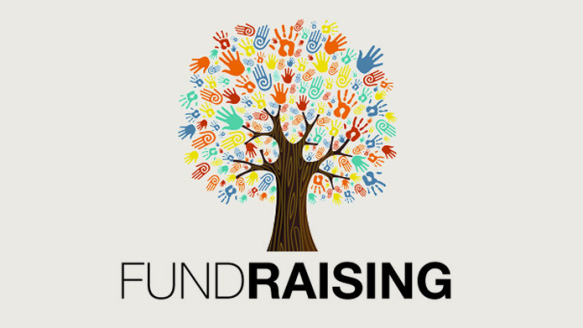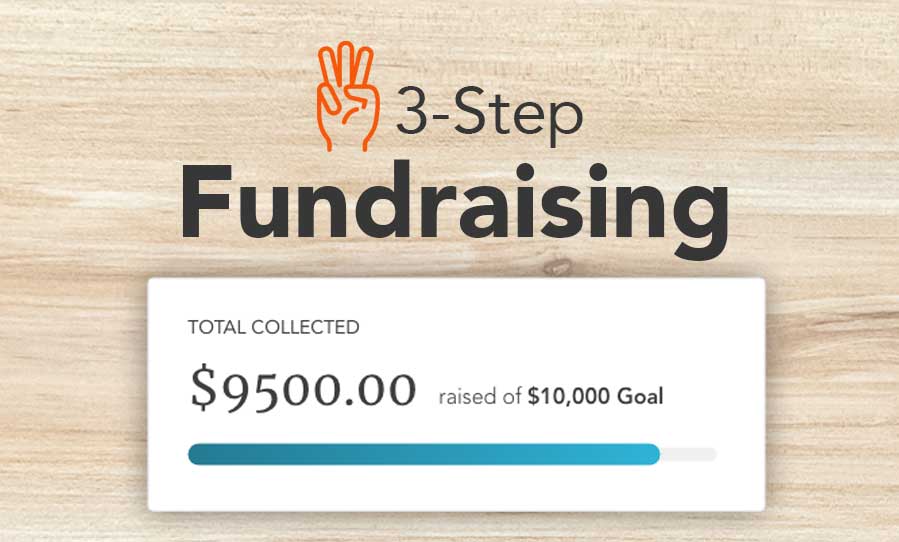The Role of Community Engagement in Nonprofit Fundraising: Structure Lasting Relationships for Lasting Assistance
Neighborhood interaction is progressively acknowledged as an important element of successful nonprofit fundraising. By fostering authentic connections with regional stakeholders, organizations can grow trust fund and loyalty, which are vital for sustainable support. However, the techniques and methods employed to involve communities vary widely, increasing important questions about performance and effect. What are the very best practices for growing these important links, and how can nonprofits measure their success in this arena? Comprehending these dynamics can dramatically influence the future of fundraising initiatives and the general goal of not-for-profit organizations.
Recognizing Area Interaction
Community involvement is an important component of successful not-for-profit fundraising efforts. It describes the methods and activities that companies utilize to get in touch with their regional communities, promoting relationships that are equally advantageous. Understanding area engagement includes acknowledging its multifaceted nature, which includes outreach, involvement, and cooperation. Nonprofits should recognize vital stakeholders-- such as community members, local companies, and other organizations-- to produce efficient involvement strategies.
Reliable community engagement is predicated on energetic listening and responsiveness to the requirements and passions of the neighborhood. This process includes soliciting comments, recognizing community characteristics, and making sure that the company's goal lines up with local concerns. Engaging the neighborhood can take different kinds, including public meetings, volunteer chances, and partnership initiatives, each created to urge participation and investment in the organization's objectives.
Furthermore, area involvement need to be approached as a recurring discussion as opposed to an one-time effort. By cultivating a comprehensive setting where community voices are listened to and valued, nonprofits can construct a strong foundation for future fundraising ventures. Eventually, a deep understanding of area engagement empowers organizations to produce authentic connections that improve their overall efficiency and sustainability.
Advantages of Solid Relationships
Solid relationships formed with area interaction yield numerous benefits for nonprofit fundraising efforts. Primarily, these connections foster count on and integrity, crucial components in encouraging donors to contribute. When prospective advocates see a not-for-profit proactively associated with their area, they are extra most likely to rely on its mission and influence.

In addition, these connections assist in reliable interaction. Nonprofits can utilize their links to share tales of effect, updates, and needs, ensuring that fans remain informed and engaged. This open line of communication not just enhances bonds however also urges referral promotion, broadening the not-for-profit's reach.
Lastly, strong neighborhood connections can draw in new companions and sponsors. Businesses and individuals are extra likely to align with organizations that demonstrate meaningful area participation, giving extra sources and support that can dramatically enhance fundraising capabilities. Therefore, cultivating robust relationships with neighborhood involvement is integral to a nonprofit's lasting fundraising success.
Techniques for Effective Engagement
Exactly how can nonprofits properly engage their neighborhoods to boost fundraising initiatives? Regular updates, engaging material, and calls-to-action can galvanize community rate of interest and engagement.
2nd, holding neighborhood occasions, such as workshops, volunteer possibilities, or fundraising drives, promotes face-to-face interaction, enabling nonprofits to showcase their browse around this web-site impact and initiatives. These events not just increase funds however also grow relationships and enable area participants to involve straight with the cause.
Third, applying individualized communication techniques can improve engagement. Tailoring messages to certain contributor sectors based on interests and past contributions promotes a feeling of belonging and financial investment in the organization's mission.
Finally, creating partnerships with regional organizations and neighborhood leaders can intensify outreach initiatives. Collaborative efforts can boost exposure and reputation, demonstrating a cumulative commitment to the community's wellness. By integrating these approaches, informative post nonprofits can build long lasting connections that improve fundraising efforts and drive sustainable support.
Measuring Involvement Success
While involving the area is essential for effective not-for-profit fundraising, gauging the effectiveness of these involvement efforts is equally essential. Developing clear metrics permits companies to analyze just how well they are connecting with their target market and attaining their fundraising objectives. Secret performance indicators (KPIs) such as contributor retention rates, volunteer engagement levels, and engagement on social media platforms offer substantial data for evaluation.

Routinely evaluating these metrics enables organizations to pivot their strategies when necessary, making certain that community interaction continues to be straightened with their total goal. Additionally, sharing these results with stakeholders cultivates transparency and develops depend on, motivating further area involvement. Eventually, a durable measurement framework not only informs future fundraising campaigns however likewise strengthens the relationship in between the nonprofit and its advocates, laying the groundwork for sustainable success.
Case Research Studies in Community Influence
Numerous situation researches highlight the extensive influence that area interaction can have on nonprofit fundraising success. One significant example is the "Food for Idea" campaign, where a local food bank partnered with schools and organizations to host community suppers. These occasions not just raised funds but likewise fostered a sense of belonging amongst individuals, considerably boosting benefactor retention rates.
Another compelling instance is the "Eco-friendly Spaces Task," which included local citizens in the try this revitalization of metropolitan parks. This effort not just garnered monetary support from local organizations yet additionally cultivated a volunteer base that added to continuous upkeep and shows. The feeling of possession and pride among neighborhood members converted into continual contributions.
In the realm of arts, the "Art for All" project successfully involved regional musicians and patrons to produce joint art installments, resulting in raised exposure and contributions for a regional arts not-for-profit.
These instances highlight that when nonprofits focus on community participation, they can produce lasting partnerships that boost fundraising initiatives, making certain lasting assistance and fostering a dynamic neighborhood society. Such instances demonstrate that area interaction is not simply an approach yet an essential column of not-for-profit success.
Verdict
In final thought, area involvement is indispensable to the success of nonprofit fundraising initiatives. Eventually, a durable structure of area assistance not only magnifies fundraising potential but also grows a culture of cooperation, essential for accomplishing long-term organizational goals and sustaining meaningful influence. fundraising consultant.
Nonprofits should identify key stakeholders-- such as area participants, neighborhood businesses, and various other companies-- to develop reliable involvement techniques.

In verdict, community interaction is important to the success of nonprofit fundraising efforts.